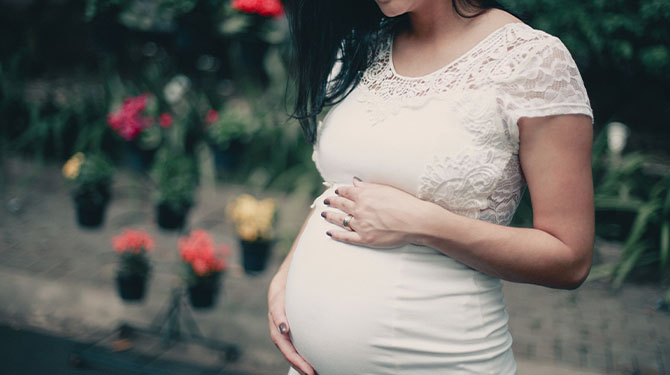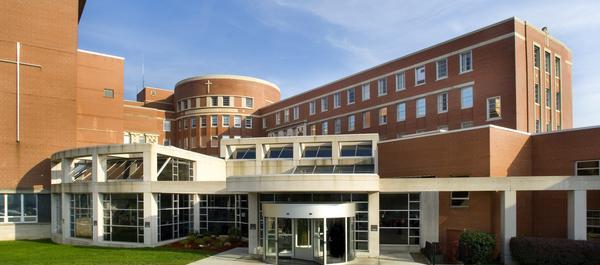
If you are taking prescription pain killers, your newborn may be born physically dependent and will require treatment for symptoms. Your newborn will be monitored by our staff for a minimum of five days for signs of Neonatal Abstinence Syndrome (NAS).
55-95% of infants whose mothers have an addiction will experience some type of withdrawal.
Typically, the average length of stay for a baby experiencing withdrawal is 18 days, but it can be as long as two months, especially if the baby's symptoms worsen and medication is needed to help them through this period safely.
As we monitor your baby, we will:
- Provide you with information on how to care for your baby during difficult times
- Help with feeding to encourage growth and well-being, either in frequent feedings or possibly with special formula. We will encourage breastfeeding when possible.
- Monitor baby's skin and use crèmes to stop or limit skin ulcers or abrasion
- Use medicine when needed
Signs of Withdrawal
Signs of withdrawal can be mistaken for a "fussy baby," but without monitoring, the baby is at risk for serious complications.
Some of the signs that we monitor your baby for include:
- Increased muscle tone "tightness"
- Poor eating or vomiting; often the baby looks eager to eat, but is unable to coordinate suckling or swallowing
- High pitched or long periods of crying / fussiness with difficulty consoling the baby
- Difficulty sleeping between feedings
- Tremors/jitteriness or shaking without being able to control his or her movements
- Weight loss and skin ulcers due to diarrhea and frequent stools
- Fever/sweating
- Frequent yawing or sneezing
- Skin that appears "lacy” or mottled on the top; breakdown of skin on face or knees
- Difficulty with breathing because of stuffy nose, fast breathing or forgetting to breathe
- Possible seizures
Managing Your Pain During Labor and After Birth
We want to make sure that we are helping you take care of your pain during and after birth. We will often use many techniques to help you experience the labor and birth that you are hoping for. One of the most proven methods to reduce pain and complications during labor is the use of a doula. Doulas are available in Erie county through Medicaid reimbursement or private pay options. For information about available doula services offered by New York State click here. For more information about the doula program associated with Catholic Health, click here.
Other types of pain relief will focus on using water, heat, movement, as well as pain medication.
After the birth of your baby, we will use a variety of types of medication to help you stay comfortable. Again, using natural and proven pain relieving techniques like gentle walking, heat, massage and other natural methods also improves comfort after the birth of your baby.
Caring for Your Baby
Be an active participant with your baby and the care provided. Often times, it is necessary for you to be available to stay and help your infant over a rough time, especially when medications are weaned.

